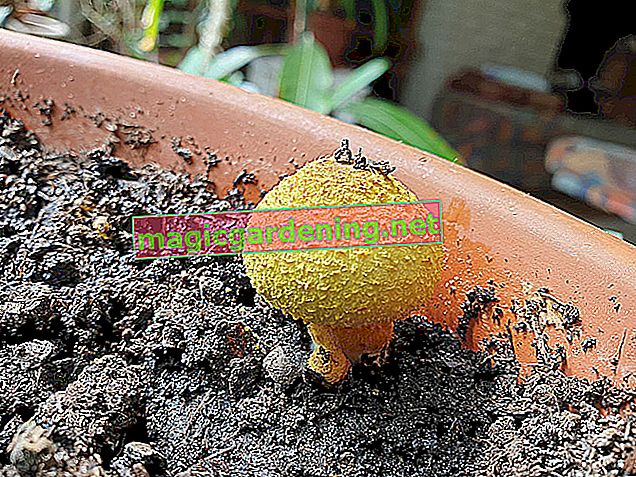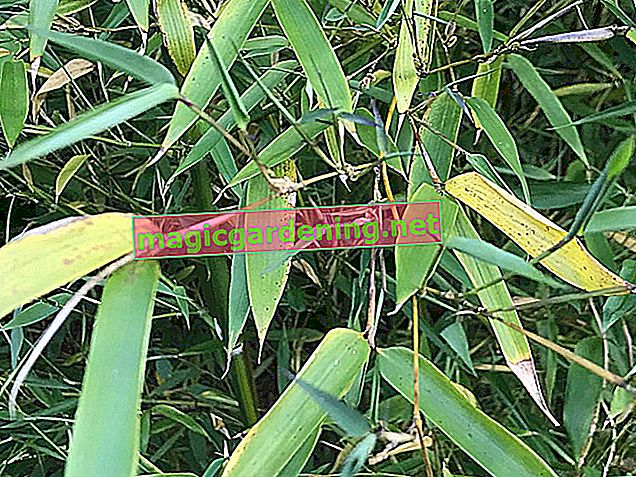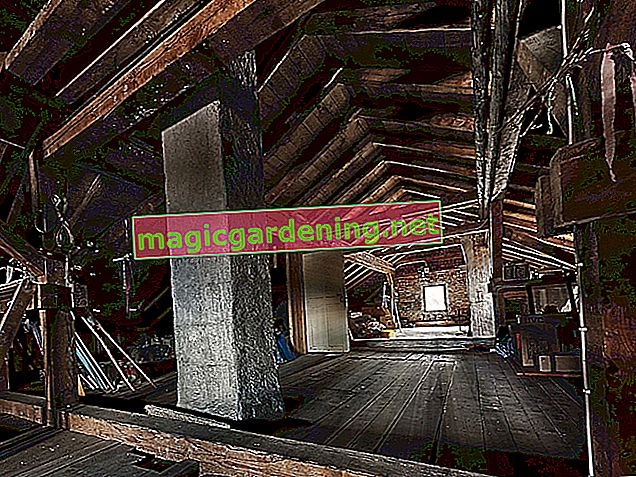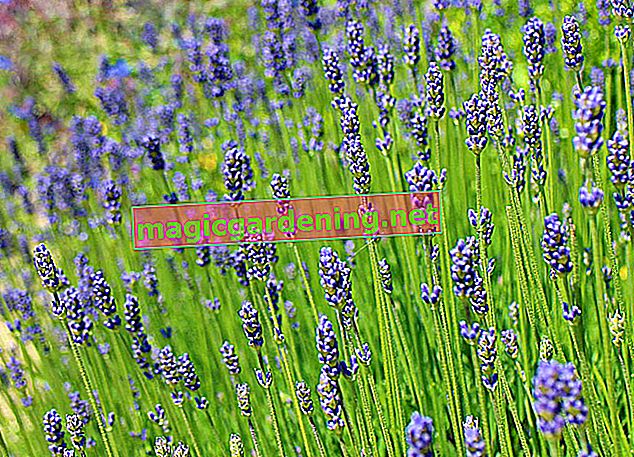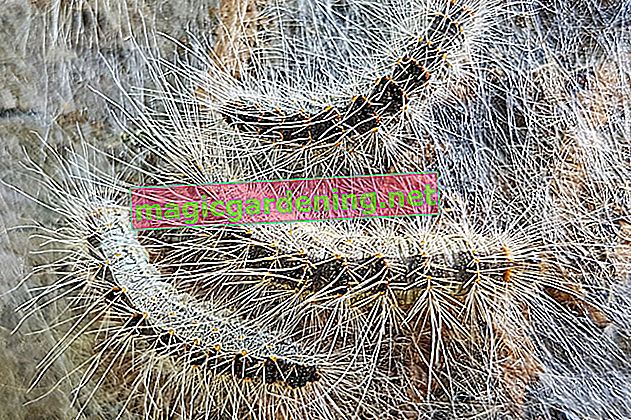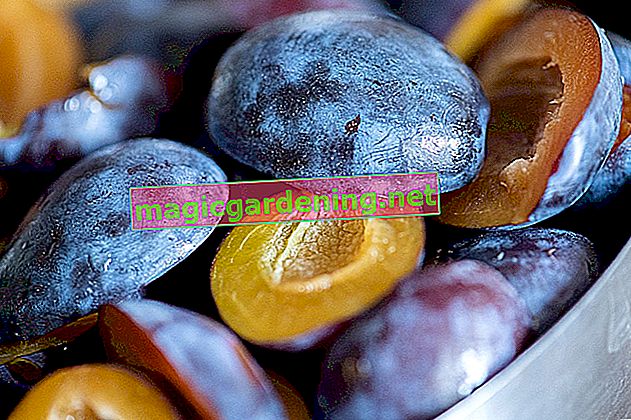
Mealy plum louse
The Hyalopterus pruni is difficult to see. Often it is only noticeable at an advanced stage. Treat weakened and diseased plum trees immediately.
also read
- Diseases in the plum tree: identify, treat, prevent
- Leaves on the plum tree are changing: what is the cause?
- Typical diseases in the single leaf
Effects of this pest show up in different ways. On the one hand, the plum louse can encourage infestation with other pests. It also transmits viral diseases.
Properties:
- Color: blue-gray to pink with white dust
- Size: 2 to 3 millimeters
- Occurrence in colonies
- from June
Distinguishing features:
In the advanced stage, plum lice can be recognized by severe deformation and discoloration of the leaves.
Combat:
The destruction should take place at the latest in autumn. Commercially available agents based on potash soap are suitable.
Plum leaf pouch gall mite
Bag-shaped galls about two millimeters in size form on the leaves of the plum tree. These are stored there by bag galls.
Distinguishing features:
- Leaf margins and tips provided with galls: white, yellowish, pink
- Gall above with slit openings
- Mites in galls
During bud swelling, pouch gall mites deposit their galls on leaves. From there, the mites attack the flower buds and suck them out.
Combat:
Measures to destroy the pests are effective at this initial stage. There is no suitable plant protection product for allotment gardens. For this reason, infected leaves, branches and fruit buds must be removed. Adult females of the pouch gall mite like to overwinter under the tree bark. Remove loose pieces of bark early on.
Note:
Regular control is an effective prevention method. In addition, a care cut protects.
Plum saw wasp
The females of this species produce around 70 eggs a year. They place these directly in the calyxes in spring. This means that the offspring are well supplied with food. Small larvae destroy between four and six calyxes. Then they emerge on the ground.
Distinguishing features:
- Fruits fall from the tree unripe
- clear signs of eating and holes on plums
Combat:
Basically, no measures are necessary in the case of light infestation. It is possible to hang white glue boards directly in the plum tree during the flowering period.
More pests
- Plum moth
- Web moth
Prevent instead of fighting
Both pests and diseases leave clear traces on green shoots, fruits and leaves. It is worth checking them for infestation at regular intervals. Pay attention to the following abnormalities:
- Feeding marks
- Discoloration
- Deformations
- Networks
- Eggs
Tips & Tricks
Under no circumstances should you dispose of removed leaf, fruit or plant parts in the compost. This way there is a risk of re-infestation in the following year.
FT



